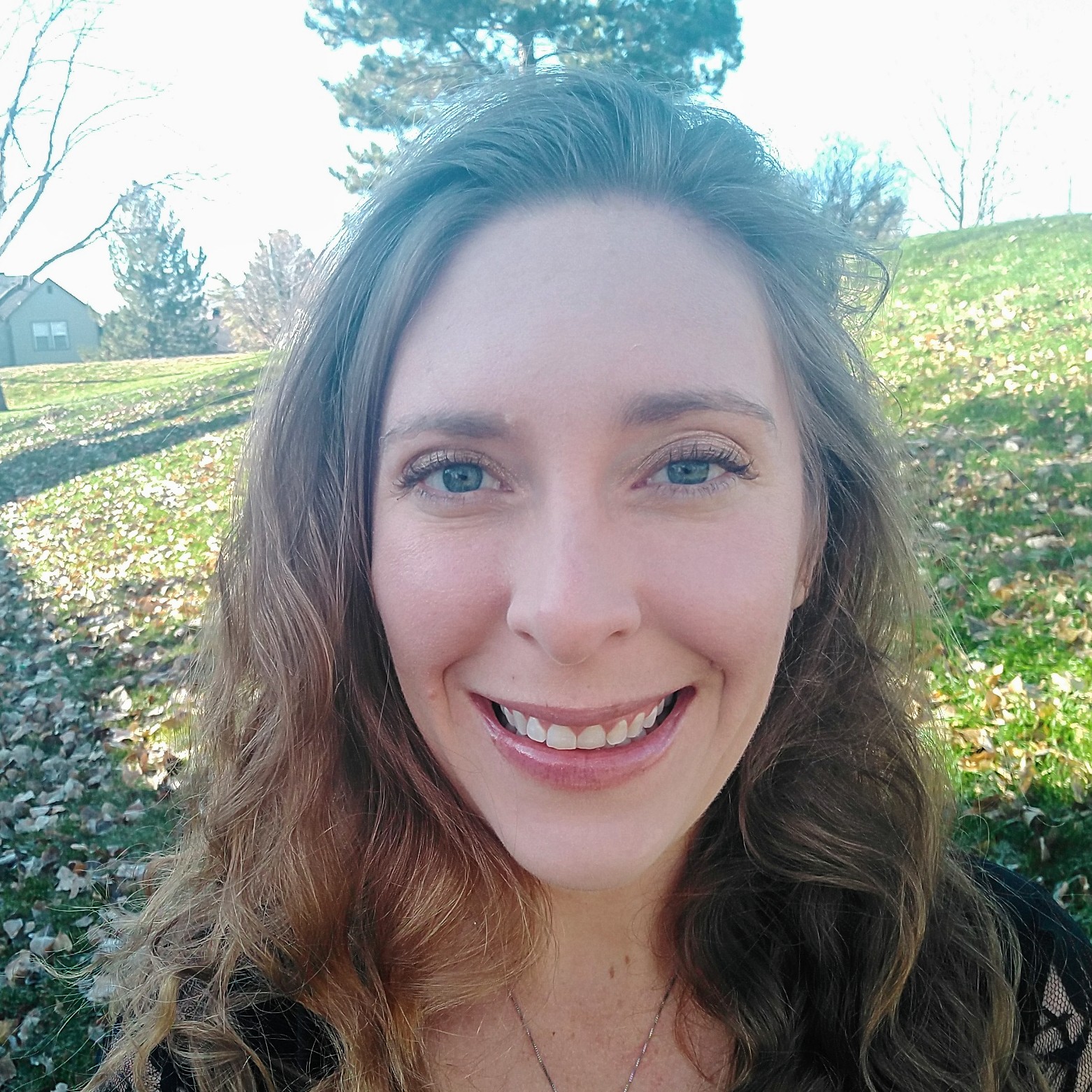Considering we spend roughly a third of our lives in bed, not all of us really think about what makes up our bedding. One of the most contested debates is about flat vs fitted sheets.
To help you make your bed as comfortable as possible, I’ll go over the differences between flat and fitted sheets, tell you how to wash and store them and discuss the different types of sheet materials you’ll find on the market.
What is a Flat Sheet?
A flat sheet, also known as a top sheet, is the sheet that separates you from the comforter or duvet. It is a rectangular sheet with no elastic around the edges (as opposed to a fitted sheet, which we’ll discuss next).
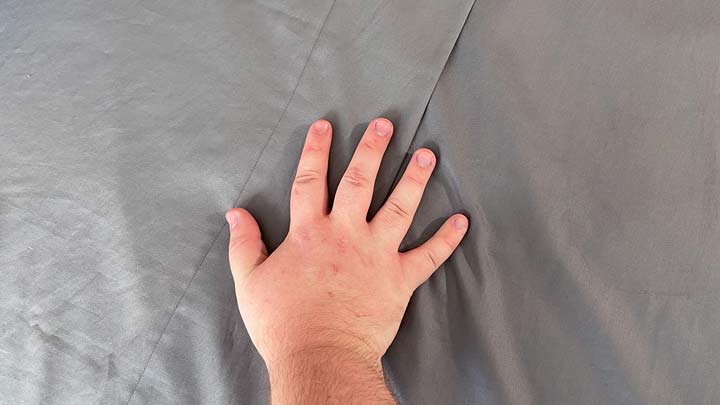
While older generations generally prefer using a flat sheet, some members of younger generations are not fans. There are, however, many benefits to using a top sheet.
Benefits of Flat Sheets
- Keep your duvet clean for longer. Whether you use a duvet, comforter or quilt, a top sheet helps to keep your body’s oils off of your top layer of bedding. Because sheets are much easier to wash than bulkier bedding, this can make a big difference in your bed’s cleanliness.
- Help regulate temperature. Many sleepers find that they sleep cooler when using a top sheet. Hot sleepers can also opt for cooling sheets, and the top sheet can even serve as the sole blanket during warm summer months.
- Improve sleep hygiene. Sleep hygiene refers to practices that help you get more restful sleep. A soft, temperature-regulating top sheet can make your bed more comfortable and inviting, improving your overall sleep hygiene.
What is a Fitted Sheet?
A fitted sheet is the sheet that separates you from your mattress. The hallmark of a fitted sheet is elastic lining the corners and sometimes along the sides of the sheet.
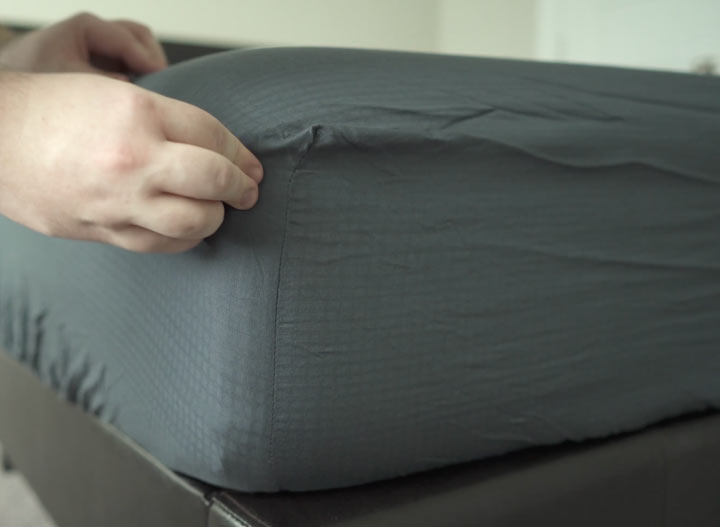
Benefits of Fitted Sheets
- Protect your mattress or mattress pad. Your fitted sheet lays between you and either your mattress, mattress pad or mattress protector. It keeps your mattress clean, which is super important since you can’t exactly throw your mattress in the washing machine.
- Offer a comfortable sleep surface. A good fitted sheet creates a soft surface for you to sleep on. It also smoothes out any surface irregularities that your mattress or mattress pad may have, creating an even sleep surface.
- Easy to clean. Like flat sheets, fitted sheets are much easier to clean than the bedding items they protect. Most sheets are machine-washable and can be placed in the dryer, so they are much easier to clean than your mattress pad or mattress.
Key Differences Between Flat and Fitted Sheets
Flat and fitted sheets come together in most sheet sets, so they are very similar in many ways. They contain the same materials and thread counts and offer many of the same properties, such as cooling. There are, however, important distinctions between the two.
Shape
Both flat and fitted sheets are technically rectangularly shaped, but because of the elastic corners, a fitted sheet has rounded corners. This makes them much harder to fold (more on that below).
Both flat and fitted sheets should be able to cover both the surface and sides of your mattress, with plenty of room left to tuck them underneath the bed. You may need deep pocket sheets if your mattress is particularly tall.
Use
Generally speaking, a fitted sheet goes beneath you while you sleep. It separates you from your mattress (or mattress cover or pad). A flat sheet, on the other hand, lays on top of you and separates your body from your more substantial bedding items, like blankets and duvets.
That said, not everyone sees much use in flat sheets. Many people wonder if they should sleep with a top sheet at all.
Maintenance
Flat and fitted sheets are pretty similar as far as maintenance goes. You can machine-wash and dry most sheet sets, but be sure to follow the manufacturer’s guidelines. If the fabric allows, washing your sheets in hot water will get them as clean as possible.
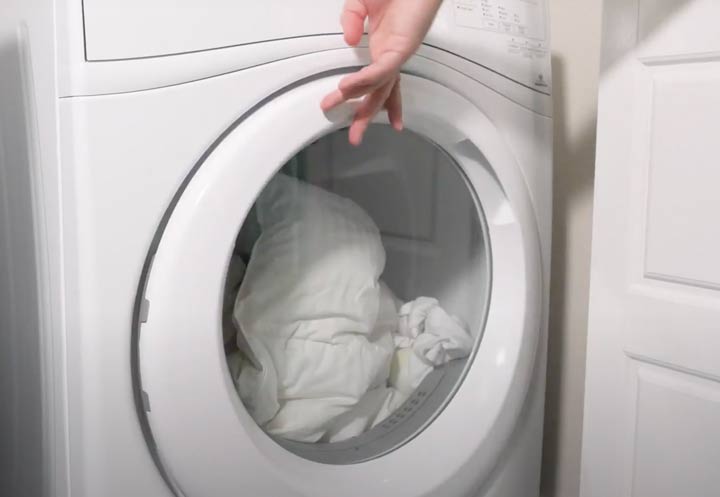
Aim to wash your sheets every one to two weeks. If you choose to forgo a top sheet, whatever item of bedding directly contacts your skin needs to be washed on the same schedule as your sheets. Opting for a duvet cover can make this process less cumbersome if you have a bulky duvet.
Can You Use a Flat Sheet as a Fitted Sheet?
If you have extra flat sheets lying around or your fitted sheet’s elastic has gone slack, you may be wondering whether you can just use a flat sheet as a fitted sheet. You will be pleased to discover that you can! The trick is knowing how to tuck these sheets in so that they don’t come untucked while you sleep.
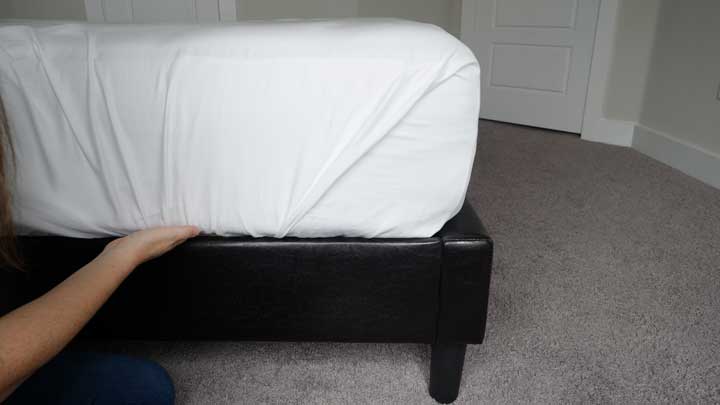
By making your bed using what are known as “hospital corners,” you can use your flat sheet in place of your fitted sheet without it quickly coming untucked. In fact, most hotels use only flat sheets and make the bed using hospital corners. This makes both storing and pressing the sheets easier, as fitted sheets can be somewhat unwieldy.
How to Store Bed Sheets
If you have ever pulled extra bedding out of storage and noticed an unpleasant odor, you’ve witnessed what happens with improper storage. The two things contributing to this musty odor are dust and mildew.
Mildew is more likely if you live in a humid climate, but dust accumulates no matter where you are. To avoid dusty bed sheets, store them in a closed container. Additionally, in humid climates, a dehumidifier can help prevent mildew from growing on your sheets.
How to Fold a Fitted Sheet
The biggest complaint about fitted sheets is how difficult they are to fold. If you don’t know how to properly fold a fitted sheet, it can easily end up messily bunched up in your closet. This leads not only to a messy closet, but also a wrinkled fitted sheet. Check out our article on how to fold a fitted sheet for tips and tricks.
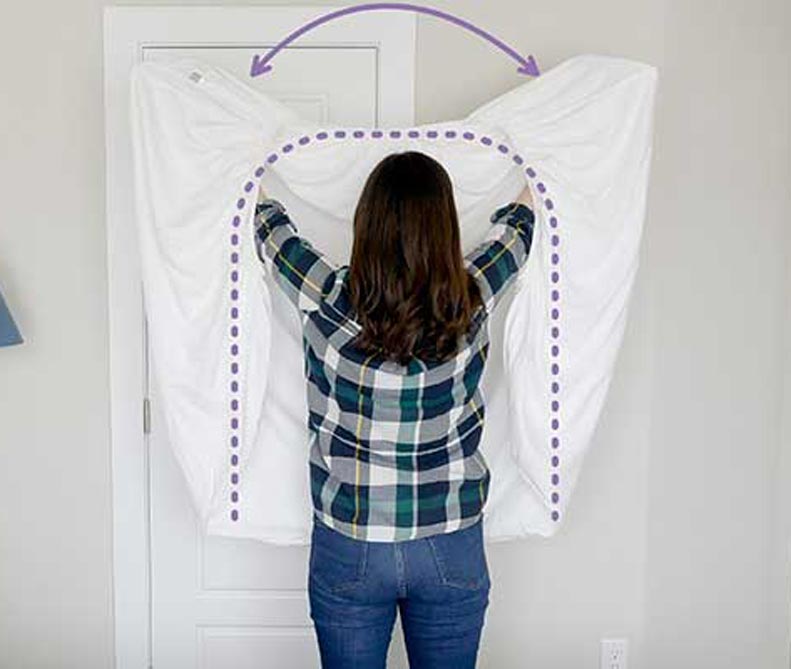
How to Choose Your Bed Sheets
Fabric
There are many types of fabric to choose from when selecting your sheets. To determine the best material for you, consider your goals.
If you want super soft sheets, Egyptian cotton and bamboo sheets are popular options. For cooling sheets, cotton and bamboo are still great, as are Tencel, silk, and linen.
Some people like a cozy material like flannel or jersey for wintertime. And if you’re on a budget, microfiber or polyester may be your best option.
Check out our list of the best sheets for our top picks in a variety of categories.
Weave
Weave describes how the threads of your bed sheets are woven together. Common weaves include percale, which makes your sheets crisp and cool, and sateen, which results in a silky-smooth feel.
Thread Count
You may have heard of thread count as a way of describing the quality of sheets. Thread count specifically describes how many threads there are in every square inch of your sheets.
While high thread count does increase softness, past a certain point, it can make sheets heavy and cause them to trap heat. The sweet spot for thread count is generally 300-500, though preferences vary.
Price
Prices for sheets vary wildly, from a $15 microfiber set you find in a big box store to many hundreds of dollars for upscale luxury brands. While we certainly don’t recommend taking out a second mortgage to buy new sheets, the right sheets can make a big difference in your comfort. Check out our list of what we consider the best sheets for the money at a variety of price points.
Personal Preference
Your personal comfort is what matters the most when it comes to picking the right sheets. When shopping for bed sheets, keep in mind whether you sleep hot or cold and what sort of feel you want your sheets to have (crisp and clean or soft and smooth). Other important considerations include whether the sheets are machine-washable and tumble-dryable and whether the material is organic.
Flat & Fitted Sheet Dimensions
| Mattress Size | Flat Sheet Dimensions | Fitted Sheet Dimensions |
| Twin | 66” x 96” | 39” x 75” |
| Twin XL | 66” x 96” | 39” x 80” |
| Full | 96” x 102” | 54” x 75” |
| Queen | 96” x 102” | 60” x 80” |
| King | 102” x 112” | 76” x 80” |
| California King | 102” x 112” | 72” x 84” |
FAQs
Are flat or fitted sheets better?
Flat and fitted sheets each serve their own purpose, so neither is necessarily better than the other. Many people prefer a fitted sheet because it has elasticized edges and will not slip off of the bed.
Why do you need a flat and a fitted sheet?
There is much debate regarding whether we actually need both a flat and a fitted sheet. A fitted sheet separates you from your mattress and protects your bed from dirt and oils. A flat sheet lays on top of you and protects your duvet, though some sleepers prefer to sleep without a flat sheet.
How do you make a bed with flat sheets only?
You can use hospital corners to make a bed using flat sheets only. This method of making the bed can keep the flat sheet from slipping around underneath you and ending up bunched at your feet by morning.
Why does my fitted sheet keep coming off?
If your fitted sheet keeps coming off, it is either the wrong size or the elastic has worn out. Your sheets may be too small if you have a thick mattress or use a mattress topper, in which case try deep pocket sheets or using a mattress scrunchie. If your fitted sheets have lost their elastic edges, it may be time for new sheets, or a mattress scrunchie can help prolong its lifespan.
What is a deep pocket fitted sheet?
Deep pocket fitted sheets are bed sheets made specifically for taller mattresses. Many luxury mattresses these days are too tall for standard fitted sheets to properly fit. Check out our picks for the best deep pocket sheets.

